|
Argynnis pandora / Cardinal
Pandora
Nymphalidae - Heliconiinae
Argynnis pandora ([Denis & Schiffermüller], 1775). TL: Vienna.
 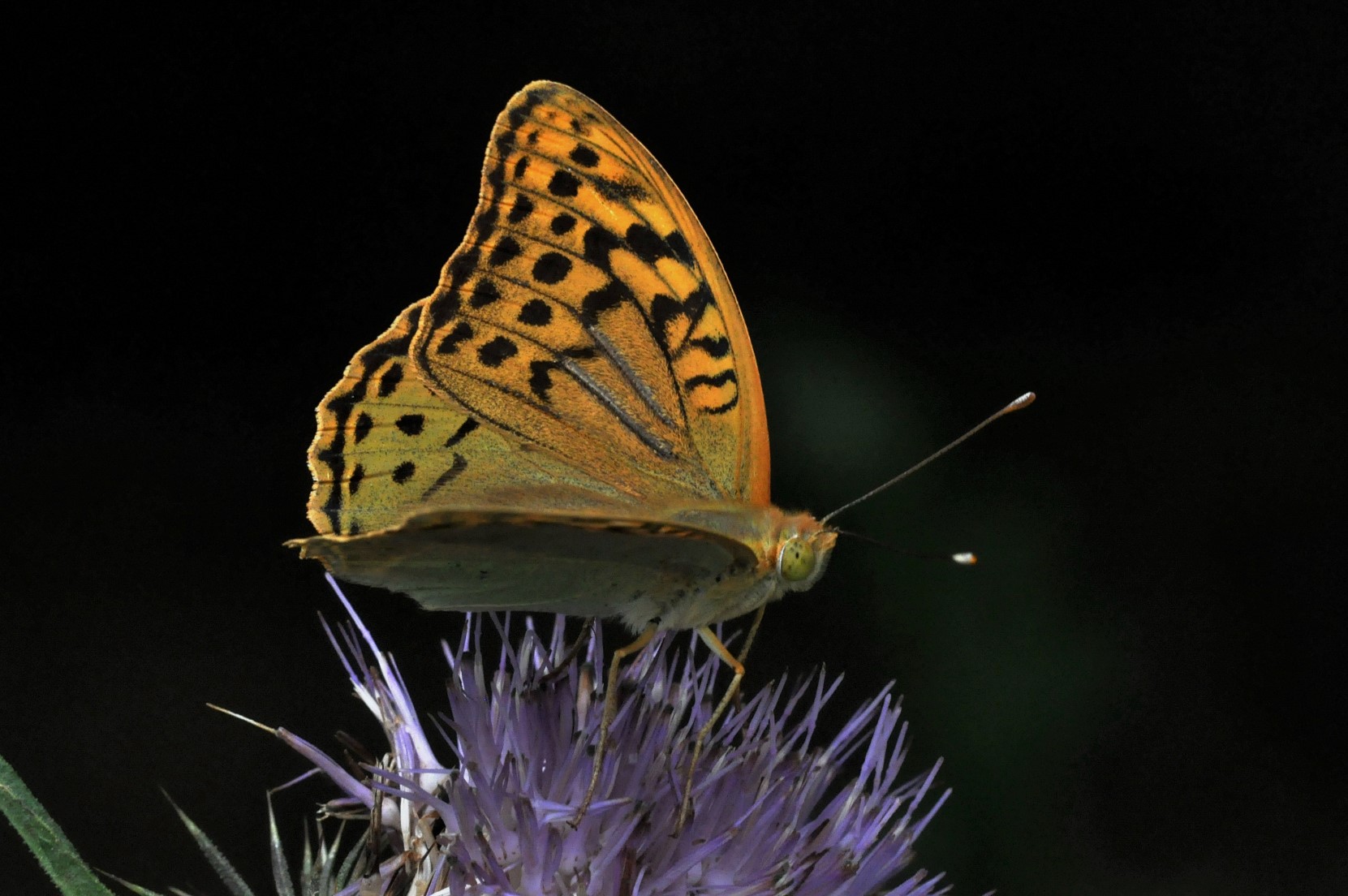
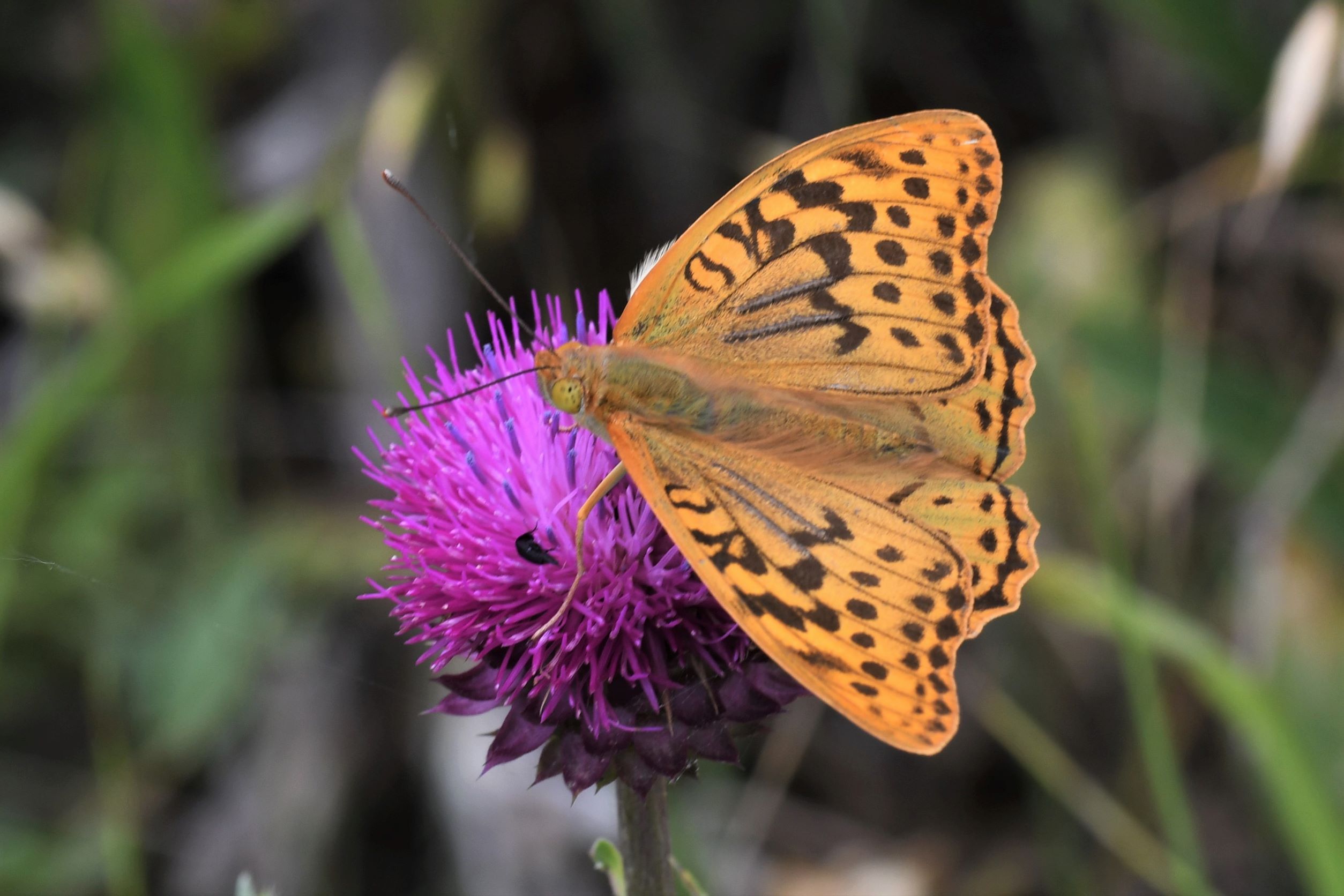 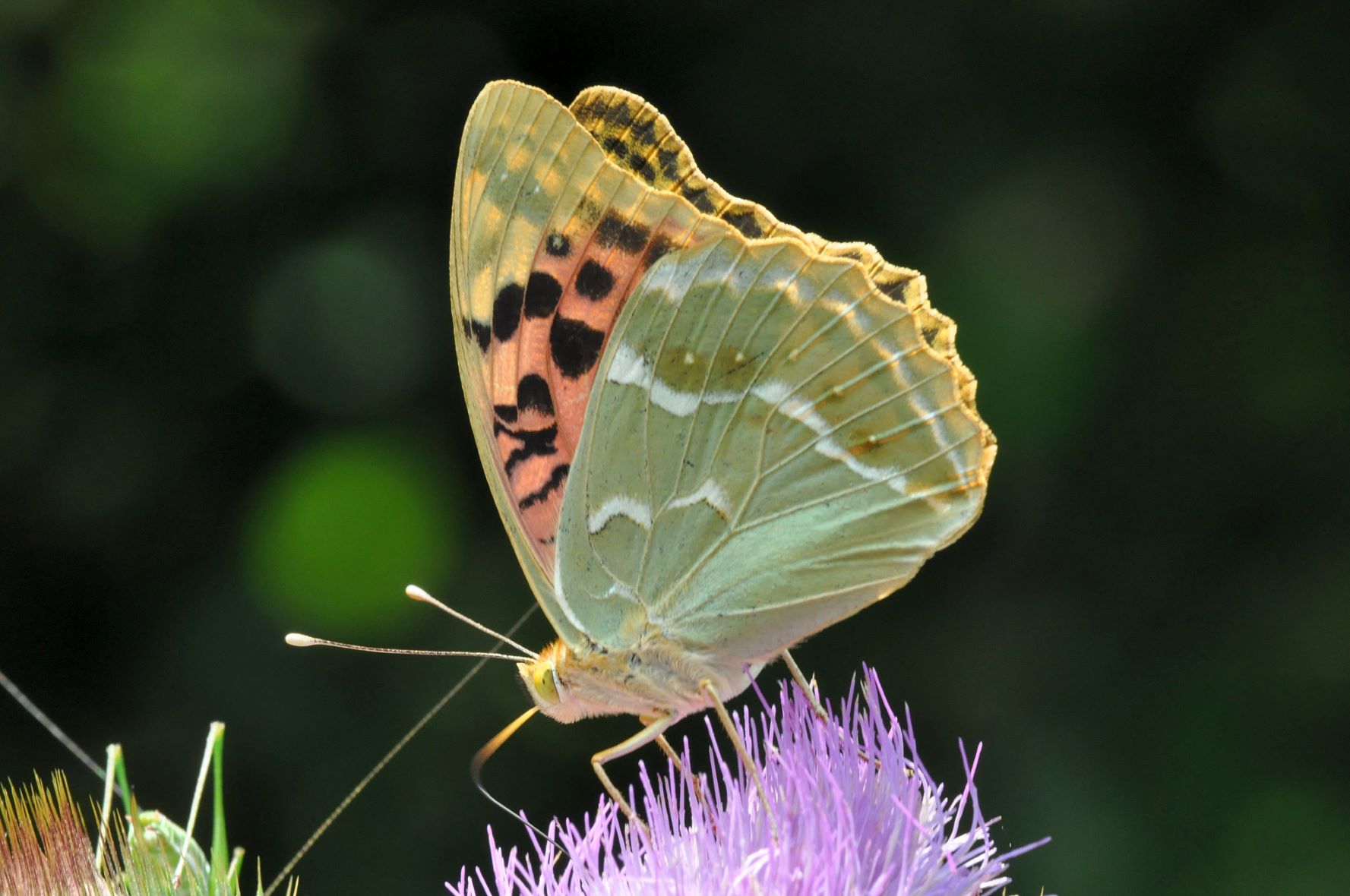 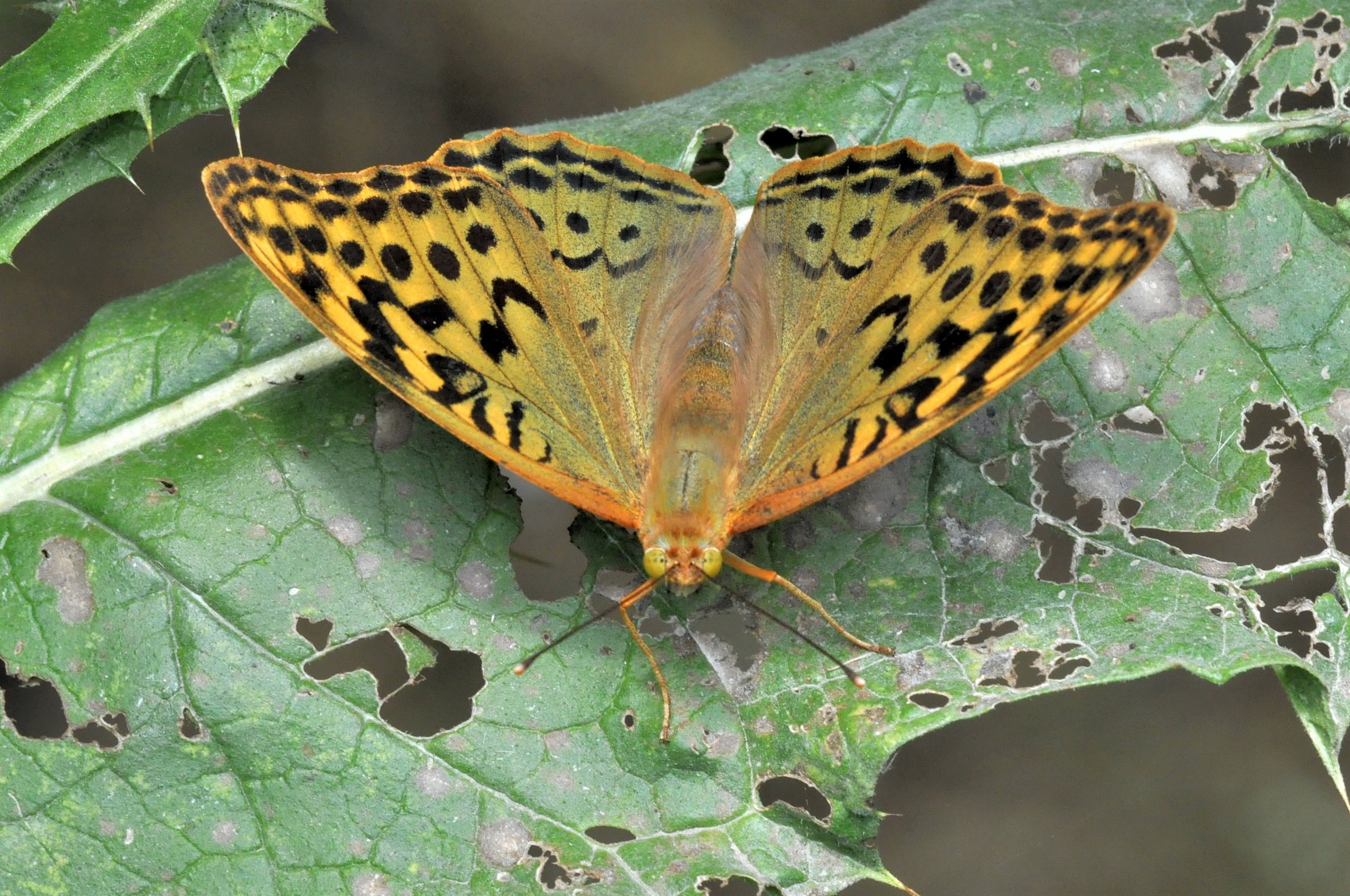
1a. Argynnis pandora, distribution map (09.i.2025).  Historical data ; Historical data ;  Additional data from the 2018 update ; Additional data from the 2018 update ;  New observations since the 2018 update. New observations since the 2018 update.
1b. Argynnis pandora ♂ upperside. Romania (© Sylvain Cuvelier)
1c. Argynnis pandora ♂ upperside. Romania (© Sylvain Cuvelier)
1d. Argynnis pandora ♀ underside. Romania (© Sylvain Cuvelier)
1e. Argynnis pandora ♀ upperside. Romania (© Sylvain Cuvelier)
Description
♂♂
Large butterfly. Fw: 32-40 mm.
Ups: fulvous gc, variable greenish-grey suffusion.
Upf: two sex-brands.
Unf: pink basal and discal area.
Unh: green gc, narrow silver postdiscal stripes and small white postdiscal spots.
♀♀
Larger.
Ups: larger and more pronounced greenish-grey suffusion.
Unh:green gc, more marked silver postdiscal stripes and small white postdiscal spots.
Similar species
Life cycle
Adults: one or two generations from May to September.
Egg: long stage, overwintering.
Caterpillar: developing in spring.
Pupa: short stage.
Habitat
Argynnis pandora inhabits sunny, dry grasslands with shrubs, large flowery plants like thistles and knapweeds from lowland up to 1800 m a.s.l.
Spatial requirement is high, population density can be high.
Foodplants
Caterpillars feed onViola alba, V. arvensis, V. kitaibeliana and V. tricolor.
Butterflies feed on Carduus sp. and Centaurea sp.
Distribution
Albania: local.
Balkan: AL - BG - BIH - GR - HR - NMK - MNE - RKS - RO - SLO - SRB
Europe: IB - IT - ALP - BAL - NWE - UK - SCA - EEU*
Asia Minor, Near East, Transcaucasia, Caucasus and further east.
Conservation status
Argynnis pandora is not endangered.
Albanian Red List: VU.
IUCN Red List, category at the Mediterranean level: LC.
Useful links
Pyrgus.de
Lepiforum
Euroleps
|
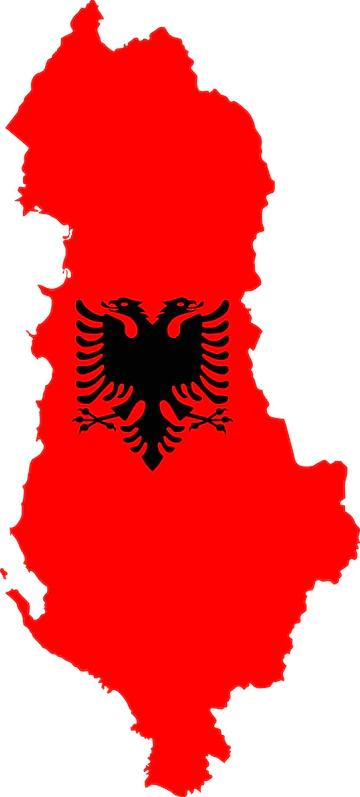 xx
xx 

 Historical data ;
Historical data ;  Additional data from the 2018 update ;
Additional data from the 2018 update ;  New observations since the 2018 update.
New observations since the 2018 update.